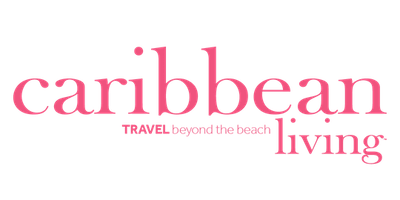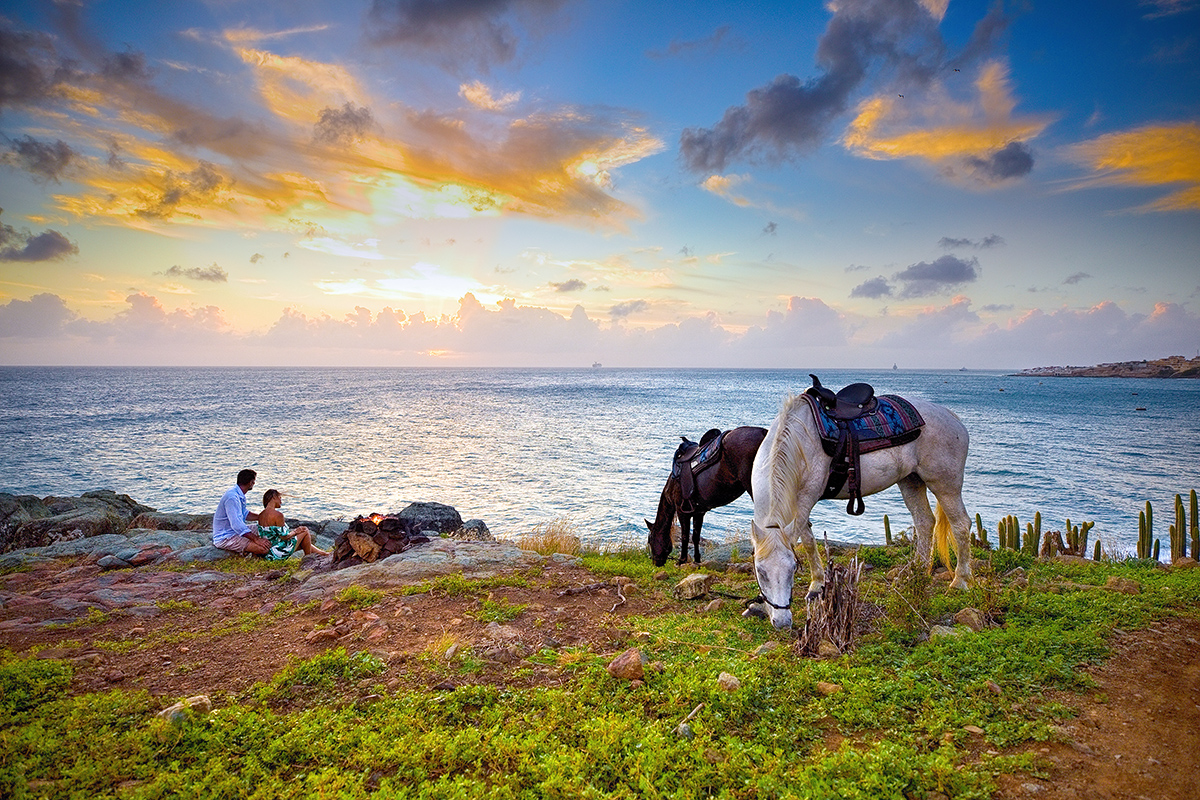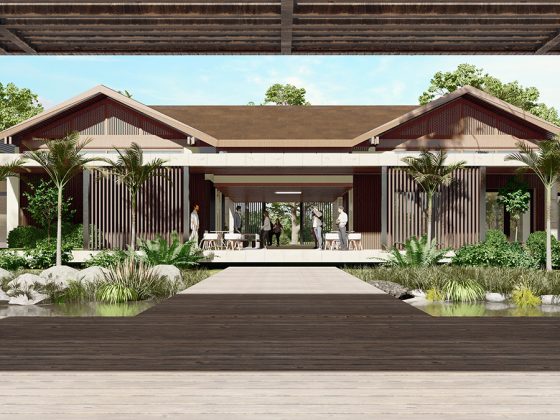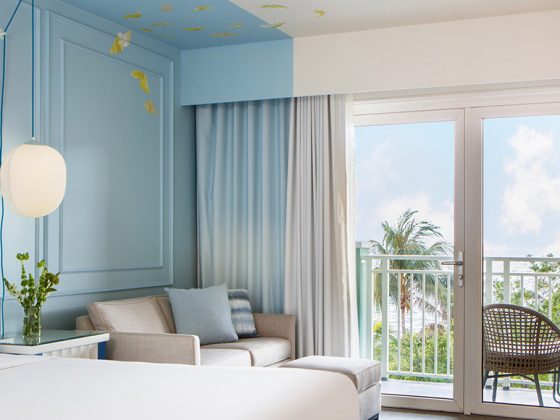You could tell by the way that Touzah Jahbash labored out of a small rickety shack that he started his early Wednesday morning agitated. A couple of his donkeys were already causing trouble: They’d clopped over some of his newly bedded plants and chewed up others, setting back yesterday’s work on the wild acreage he tends.
But then he saw something that made him perk up—unexpected company—us—a tiny retinue of American journos and photogs. We couldn’t have appeared any more displaced to this sinewy Rastafarian farmer in this tucked away corner of St. Maarten’s Bellevue area.
The visit wasn’t on the schedule. But when Karine Fleming, the woman who owned the villa where we stayed our first couple of nights, offered us the opportunity to experience something a little more authentic than garden-variety vacation stuff, a few of us jumped at this surprise field trip.
That we were interested enough to drive down to Touzah’s farm, before 8 AM, to learn about Bushtee—or really anything interesting he might have to say about living off the land or island-life—tickled this man who wore a blood-red headwrap to protect his dreadlocks from the dust. His sage pet monkey seemed amused, too.
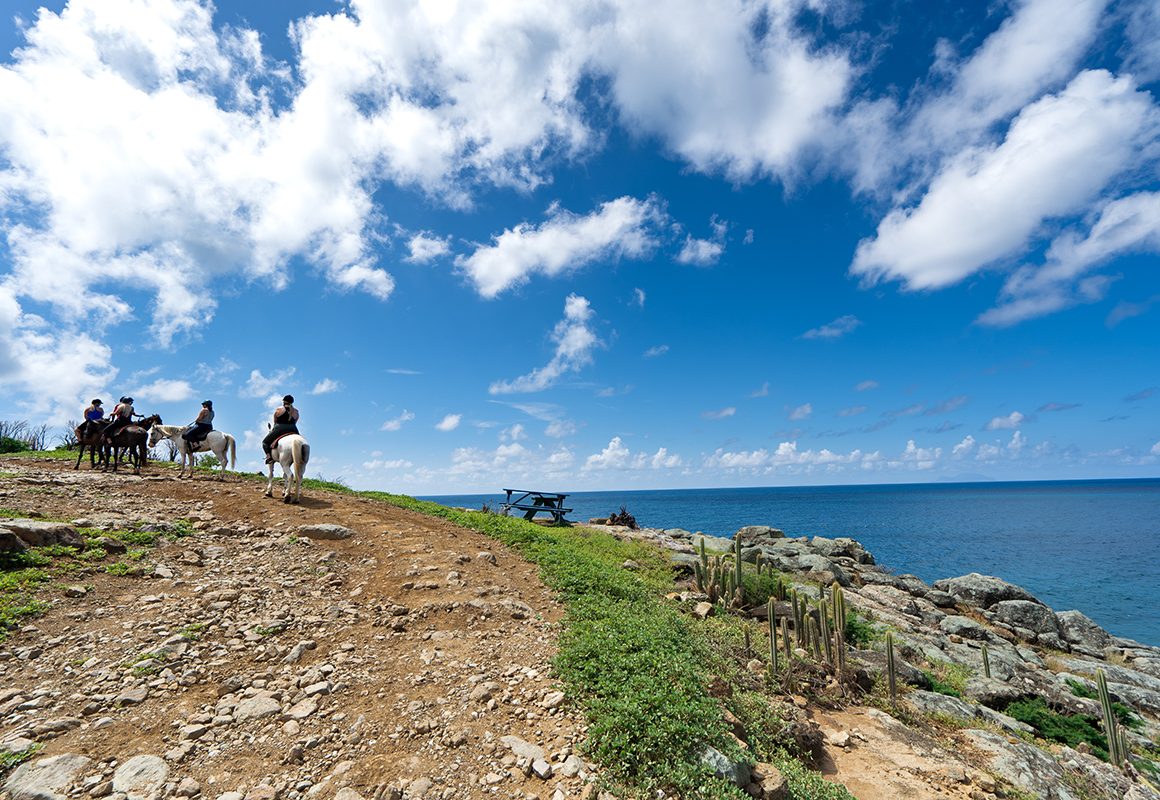
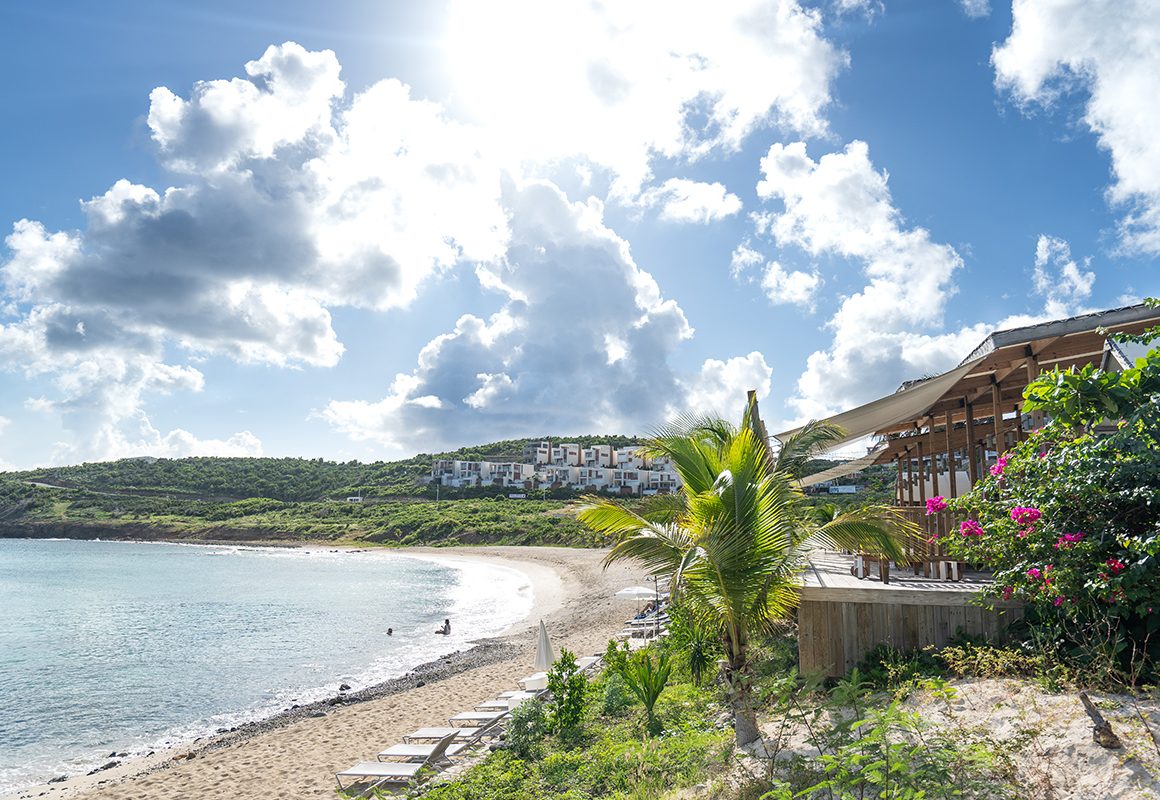
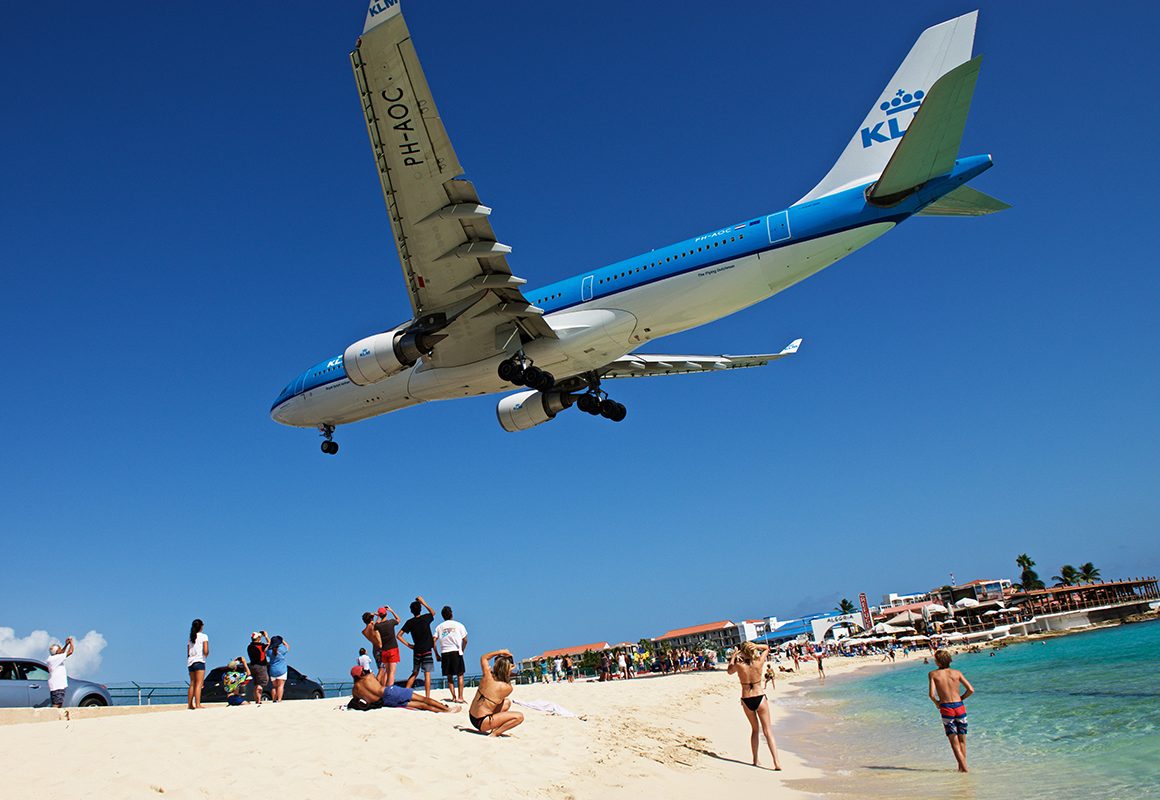


His eyes brightened and he smiled as he noticed a couple of us looking to get our hands on some ackee, the shapely red fruit growing on one of the nearby trees. Be careful with this one: This wasn’t starfruit, another succulent fruit many of us tried for the first time under a 300-year-old Silk Cotton Tree outside famous island artist Ruby Bute’s studio, later during the trip.
Ackee is lethal before it’s ripe. It emits an invisible cloud of poisonous smoke if you attempt to open it prematurely, he said. “First it put yah in the coma,” Touzah continued in his thick Caribbean accent. “Then the cemetery…”
When it’s ready, “It goes well with salted fish,” Karine, who is an old family friend of Touzah’s, chimed in, as she fended off one of Touzah’s many scraggly dogs from her leg.
Touzah and Karine were beaming examples of why, if you come to this island, you should leave the resort. Go out and meet the people. These two were just a couple of memorable personalities we encountered who go out of their way to make you feel at home.
To be sure, St. Maarten, which is divided between French and Dutch sections, is known as the “friendly island.” And that’s the thing, because, as a source at the tourism office copped to me at dinner one night, the lifeblood of the island is tourism. Everyone from the politicians to the cab drivers knows it.
In the first few minutes after my plane landed, I knew this bonhomie wasn’t fake, starting with the Carnivale-style steel pans that greeted us ahead of customs. It was just the sort of welcome I needed after arriving a day-and-a-half late to join my group, since my original flight, along with about 2,000 others that weekend, was canceled.
And, when our fabulous tour guide Marla started casually yelling “Blessings!” out the van window to random airport employees, I knew there was something uncanny about this place.
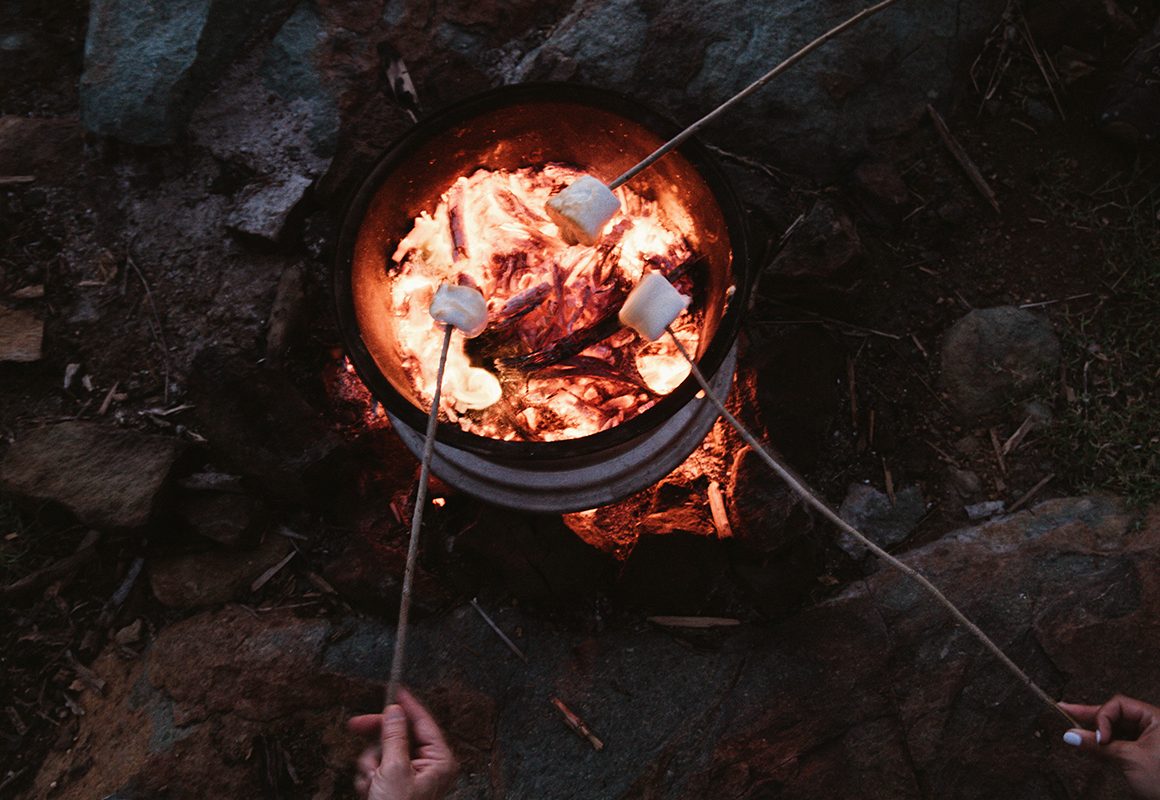
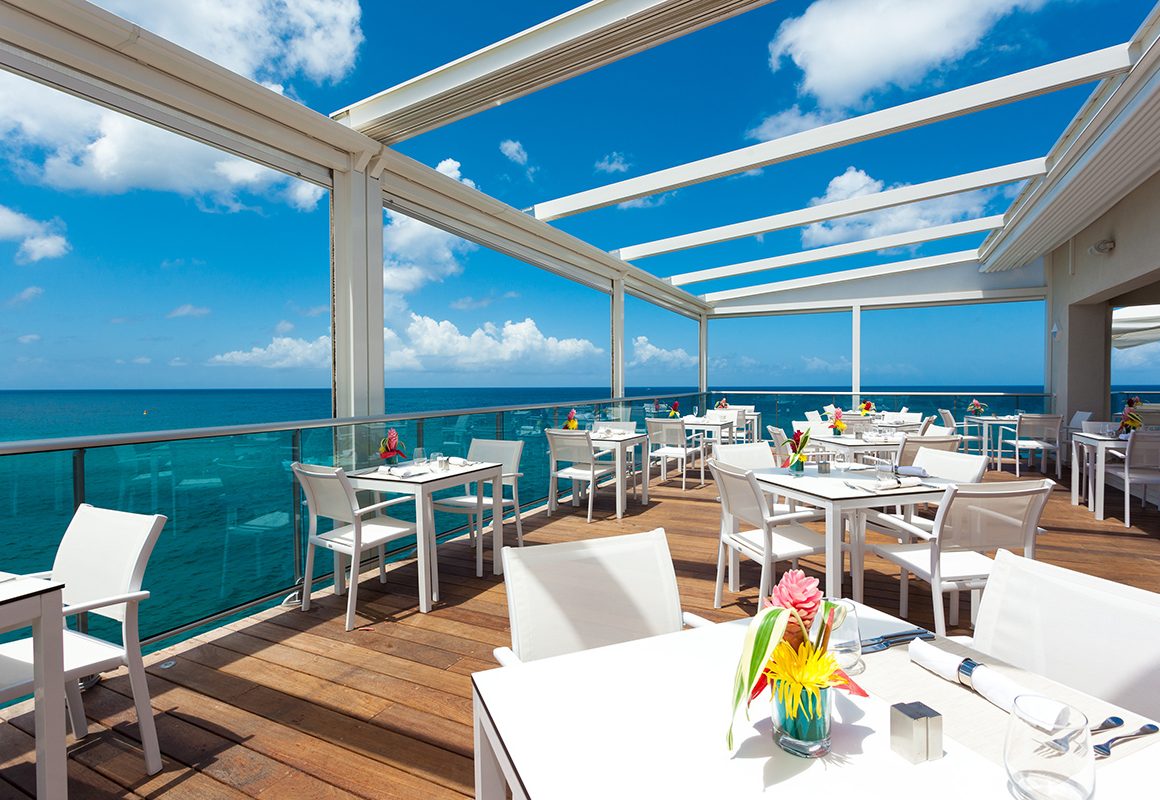
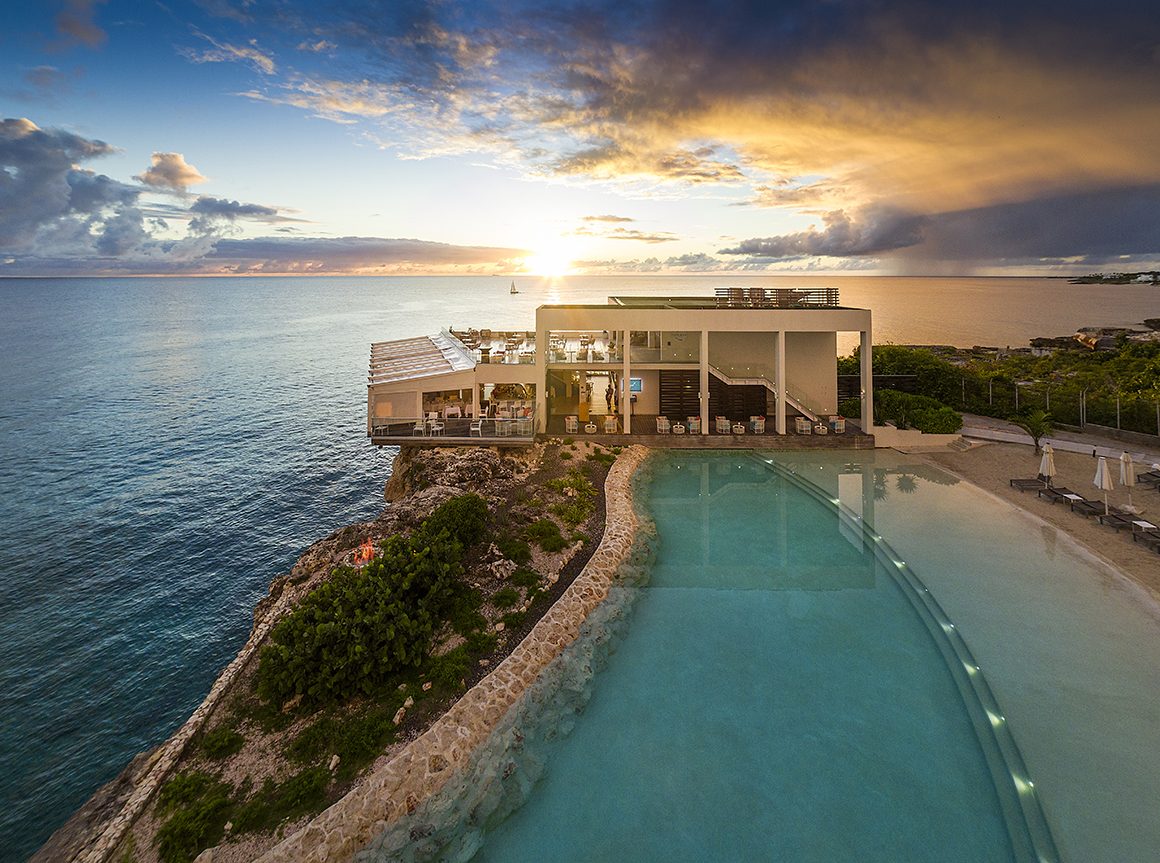
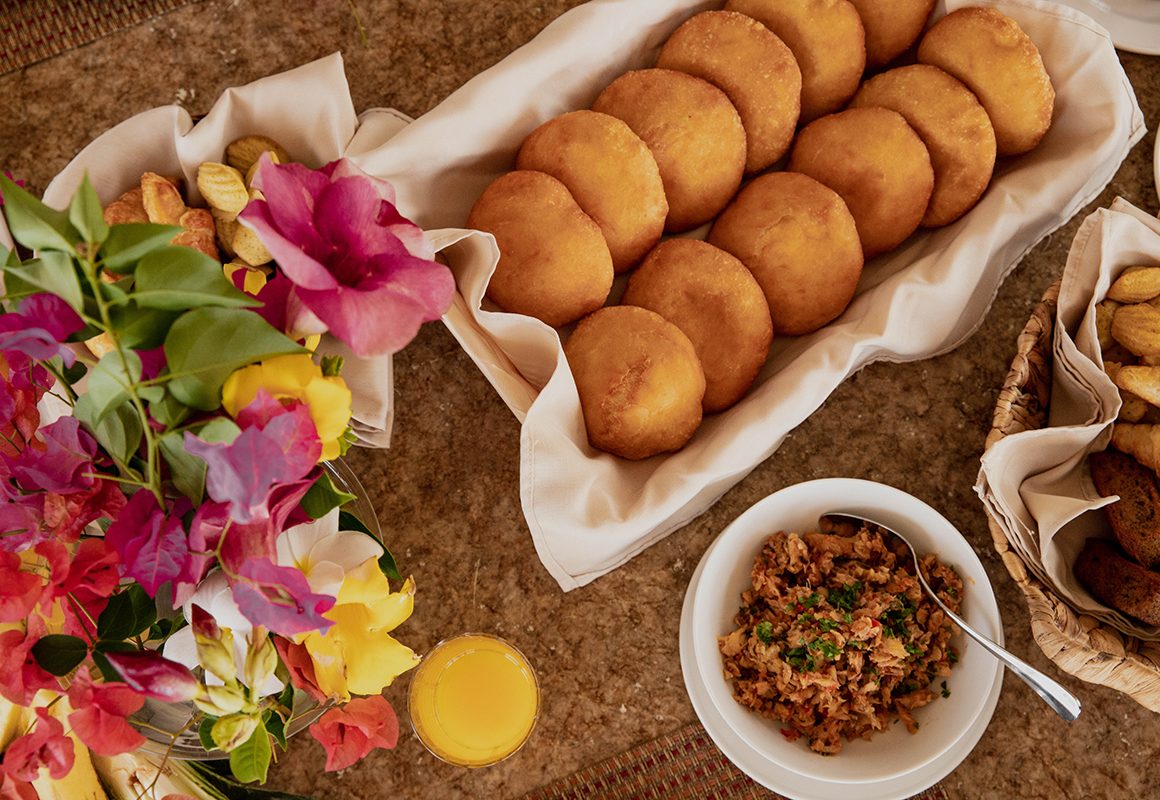


Touzah would’ve happily shared with us all day, if Karine hadn’t broken us away to get back to Marla and the rest of our group. They were waiting to explore Marigot, the capital of the French side of the island, known in part for fish markets, butcher stalls and bakeries. Karine drove us back to the pristine eight-room white villa with red-tiled roof, a St. Maarten landmark that her father constructed in the late 80s. On the way, she spoke about some of her deep, long-standing family history on the island. One great grandfather was the former mayor of the French side, and the other was mayor and an important judge, as well as a descendant of the famous French physician Louis-Daniel Beauperthuy.
While there was potential money to made, Karine said her family wasn’t planning on building on the natural sticks where Touzah works his trade. “We live well, we don’t need so much money to live well, and just to make millions to have buildings there, it would be a shame.”
We met a lot of folks on this trip who also spoke about putting a premium on working towards a healthier, more self-sustaining island, especially after dealing with the devastation left first by Hurricane Irma, and then by Covid. St. Maarten does not have a thriving agriculture economy, and most of its products are imported.
Another Rasta farmer we met is Denicio Wyatt, who owns and operates an eco-educational non-profit called Spaceless Gardens in Philipsburg, the Dutch capital of the island. Denicio echoed much of what we heard from Touzah, urging us to be more mindful when cleaning our yards, or even just walking through them, as he showcased his dizzying array of amaranth and basil. He uses these herbs to make iced teas, among other delicacies, and we walked the grounds chewing and smelling different leaves. “In reality, there’s over 80,000 species of food,” he points out, “but from the food chain we only consume about 30 species, so half of the time you’re killing so many different weeds but not realizing there’s a lot of food you’re eradicating as well.”
This sustainability Cause Celebre was also reflected in much of the itinerary. First, the Dutch side’s Rainforest Adventure: the world’s steepest zipline, also known as the Flying Dutchman, which, on a clear day, boasts 360 panoramic views of not only St. Maarten, but also some of the neighboring Lesser Antilles islands. It’s built on a historical forest plantation owned by Emilio Wilson, who’s committed to never selling it and to using it only for the benefit of the people of St. Maarten. There also happens to be a surprisingly good bar at the tippy top. Maybe it was fireball shots on top of the mezcal paid for by a friendly tourist couple that were the reason my forehead careened into the green airbag at the bottom. I forget to keep my head back after the staff suited me up and me launched back down in the direction of Philipsburg—where later we scored a Dutch cheese tour at the Amsterdam Cheese Factory. Everyone returned with cheese gifts.
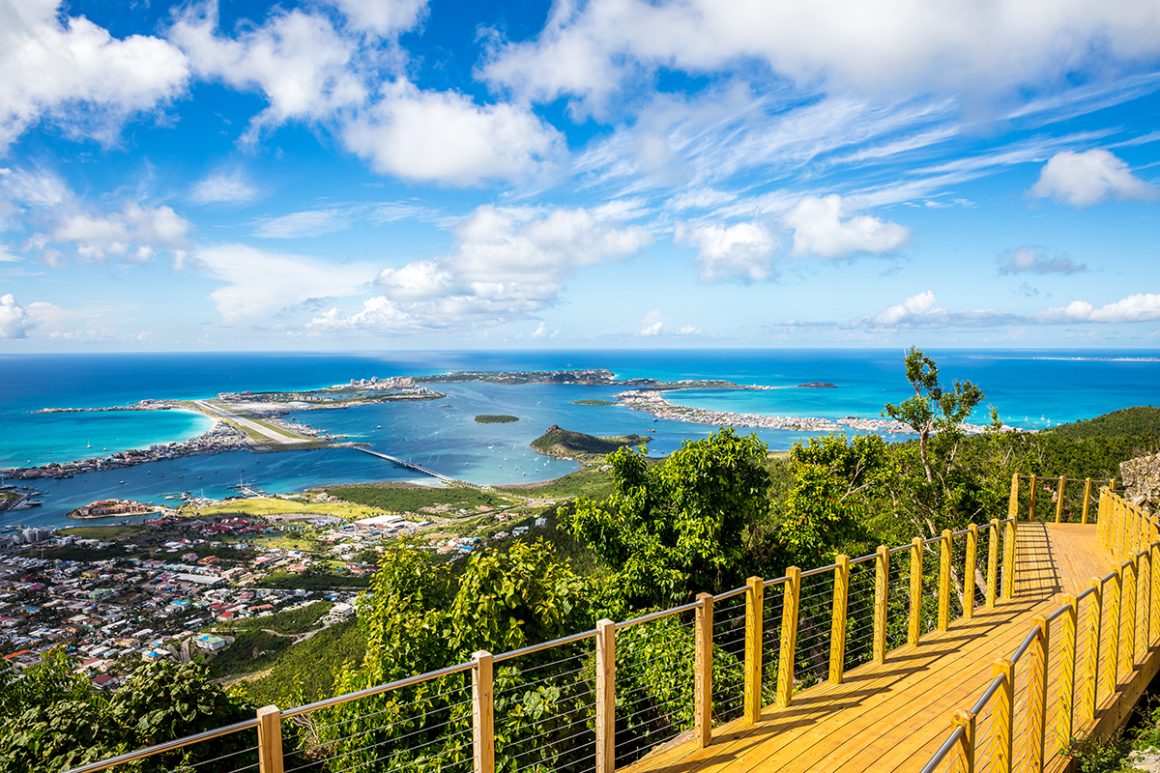
Then there was the Seaside Nature Park, located in Cay Bay, also on the Dutch side, where we rode horses up rocky precipices, then sipped champagne and toasted marsh mellows over a fire, as an approaching storm lorded over distant work and fishing boats. Just in time, we rode our steeds back down—right into the bath-warm Caribbean Sea. Davey, a small, lively dutchman, who directed our squadron of horses under the soft rain patter, told us what he’s always struck by when he goes back to Europe. “Living on an island shows you that you really don’t need a lot to be happy.”
But as with the Rainforest property, Roderick Halley, who overseas this venture, has committed to not allowing any further encroachment.
***
Back at the villa, after Karine dropped us off, I ambled through the open-air colonnade to the balustraded terrace. I gave a final longing look at the infinity pool where the day before I had spent the last light of day watching the yachts in the lagoon—the largest enclosed body of water in the Caribbean. I wouldn’t likely get another opportunity, as we were scheduled to check into the Divi Little resort that evening, with a catamaran sunset cocktail cruise, with Pyratz into Baie Longue/Long Bay on the calendar.
I hadn’t eaten since the night before, when our travel group dined at the Azul Mediterranean restaurant at the Sonesta Ocean Point Resort which sits on a cliff overlooking Maho Bay. I had the best crabcake of my life there, by the way—though a sorbet pallet cleanser may have rivaled it.
I scavenged the fridge for leftovers from the catered breakfast prepared the day before by world renowned St. Maarten chef Dino Jagtiani, one I didn’t get to participate in because of the travel issues. I found some savory bacalao (salted fish) and johnny cakes (cornmeal flatbread), to go with my Heineken. Those two items are about “as local as you can get,” Chef Dino told me, when I caught up with him regarding his menu choice.
I asked the Chef, who was the first native of St. Maarten to graduate from the Culinary Institute of America, if there’s a national plate. He had an interesting take. “We have over 100 nationalities which has have created quite an amazing cultural experience,” a detail that Marla asserted is a prime reason why the island has managed to retain its charm—unlike some sister islands. “This is probably the only place in the world,” Dino said, “where you can get chicken tikka masala cooked by a Haitian, served by a Dominicana, while listening to Sinatra, while at home your South African babysitter is looking after your half Guyanese/half Syrian baby.”
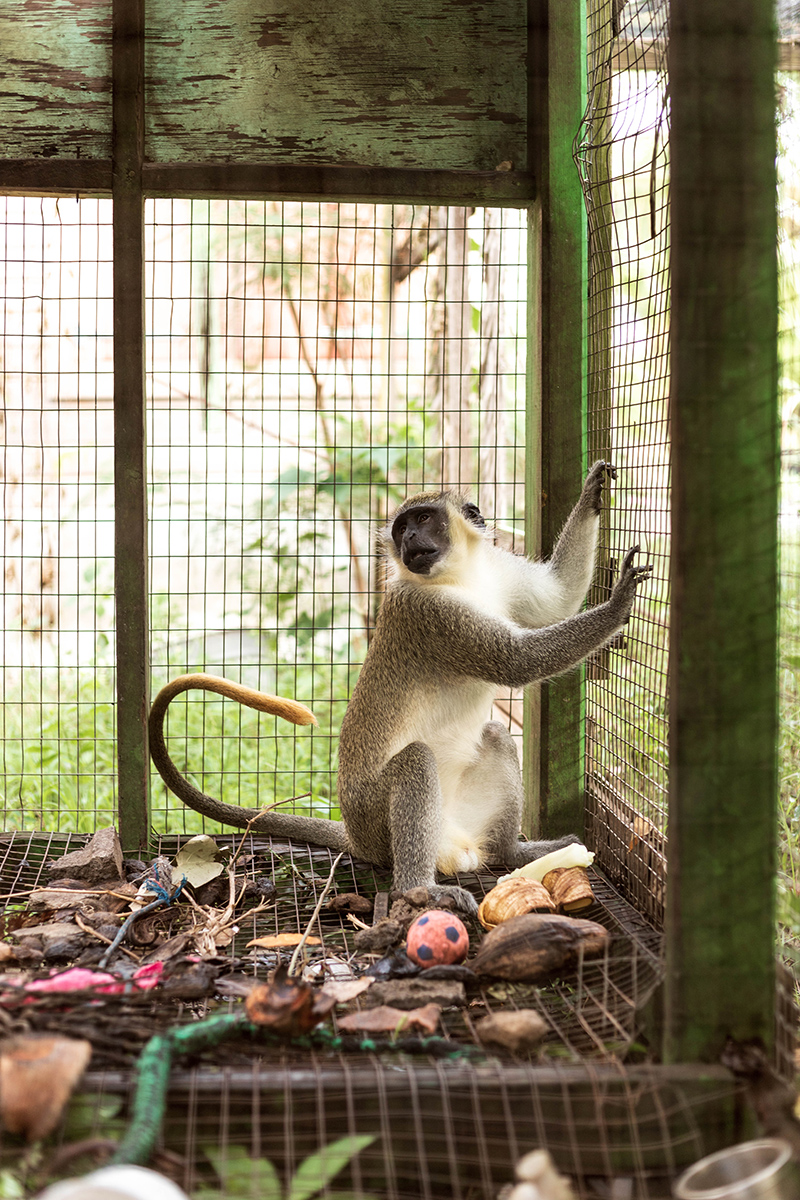
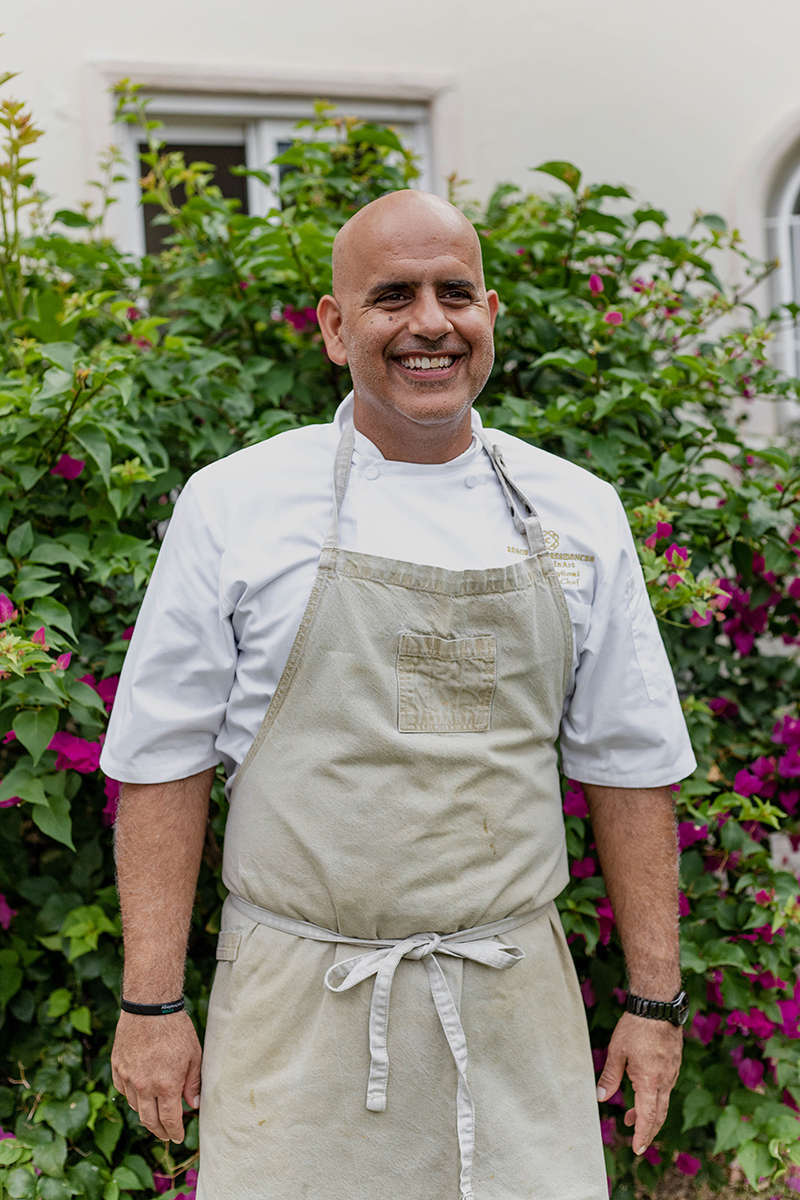
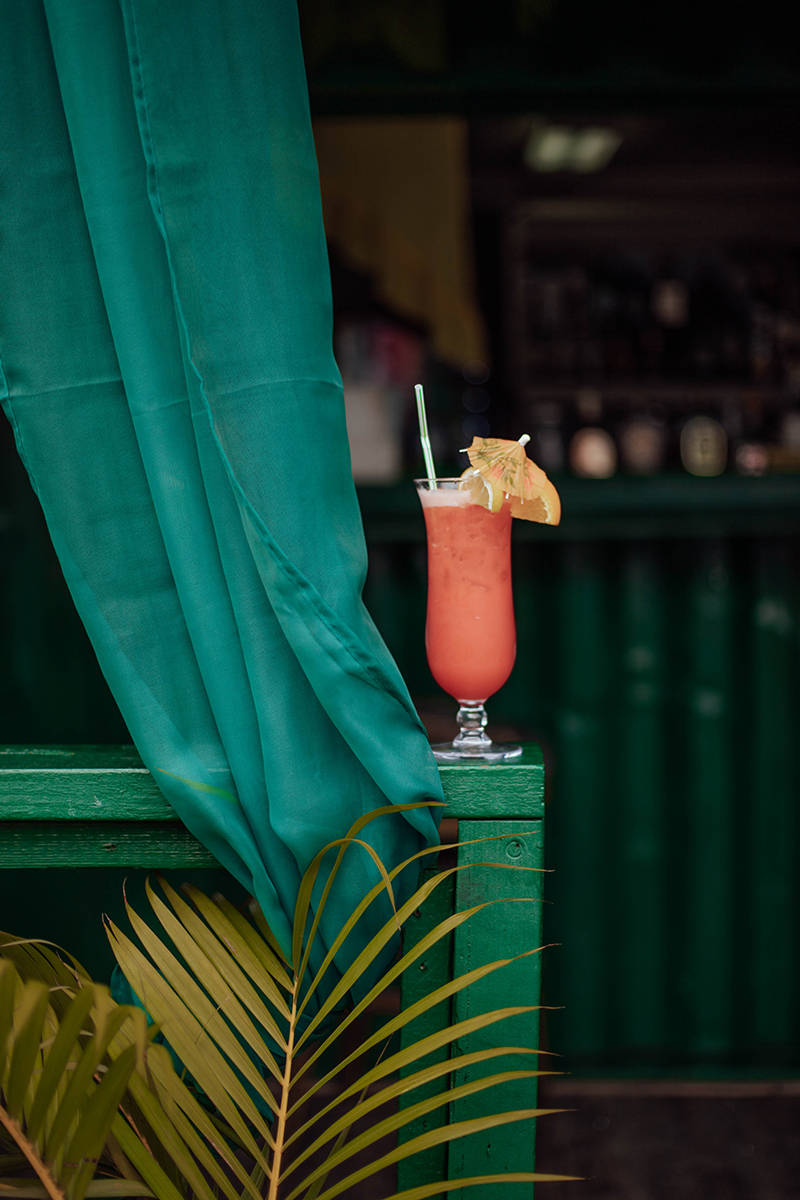
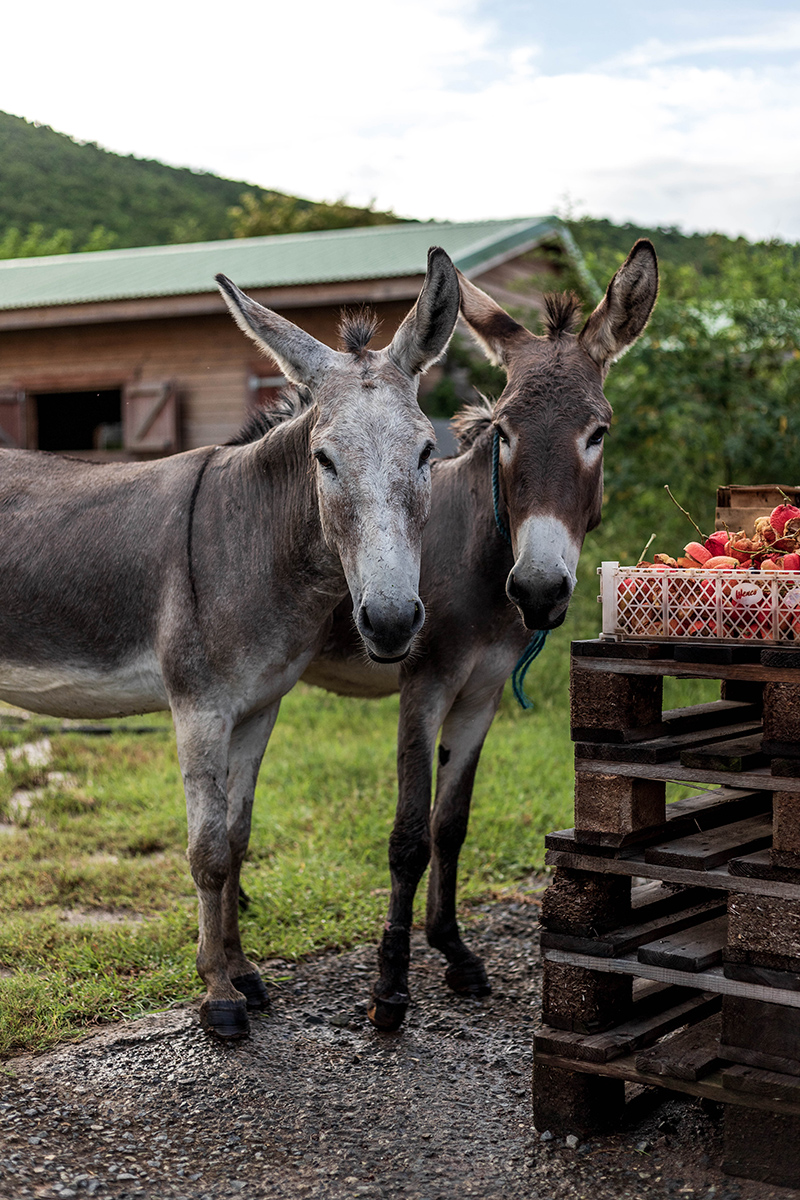


Food on the island is as much a fountainhead for bringing different folks together as it is anywhere else. For the uninitiated, a “lolo,” basically a DIY open-air eatery, is one of the best ways to get out and bond with St. Maarteners. My first day after leaving the airport, Marla wasted no time in highballing it to a meetup at “Sexy Beef,” hilariously named for a pet-epithet one of the co-chef owners has for the other.
Lolos are also great places to get out and mingle with locals—whether they be people or iguanas—and try indigenous foods like bull foot soup or the scrumptious pickled pig meat in broth, commonly known as “souse.” I wasn’t that adventurous at first and played it safe with pork satay on a stick and a grapefruit tinge cocktail.
Another great place is a brewery. That’s where Sunil Vaswani comes in. Because of him, St. Maarten actually has what you could call an indigenous beer to its name. You can experience all of Sunil’s beers at his Dutch Blonde Beach Bar brewery with an stately Easter Egg colored windmill on its roof.
As we sampled his patented beer—the most popular of which, the Dutch Blonde, is most similar to a Blue Moon—and enjoyed an assortment of different Dutch-style pancakes and appetizers, Sunil told us how he got his business off the ground. It went from beer, to distribution, to brewery tours, and now even includes an unexpected “Escape Room” attraction, which he built into the same building. Our group went with the 1920’s speakeasy theme, but there’s a variety to choose from.
Because we were in St. Maarten and because the Escape Room is connected to a brewery, it made sense that we could bring drinks inside. The interactive clue-solving game is not the kind of activity you expect on a Caribbean vacation but it’s a great option, especially when the weather isn’t favorable.
Before starting here, the Hong Kong-raised entrepreneur had lived all over the world. But he had been vacationing on the island for years and became acquainted with various business people who did the same. He wanted to settle here—but only if he had something to do.
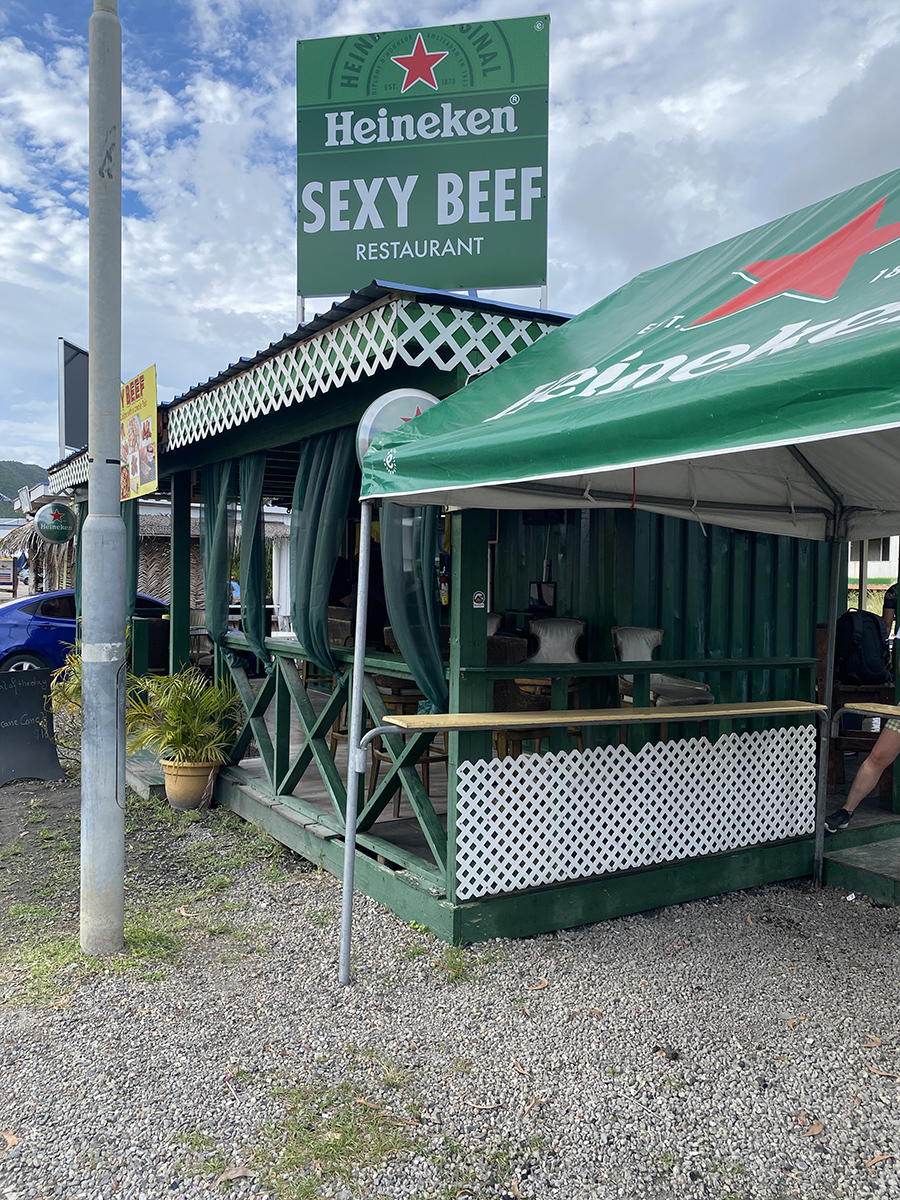
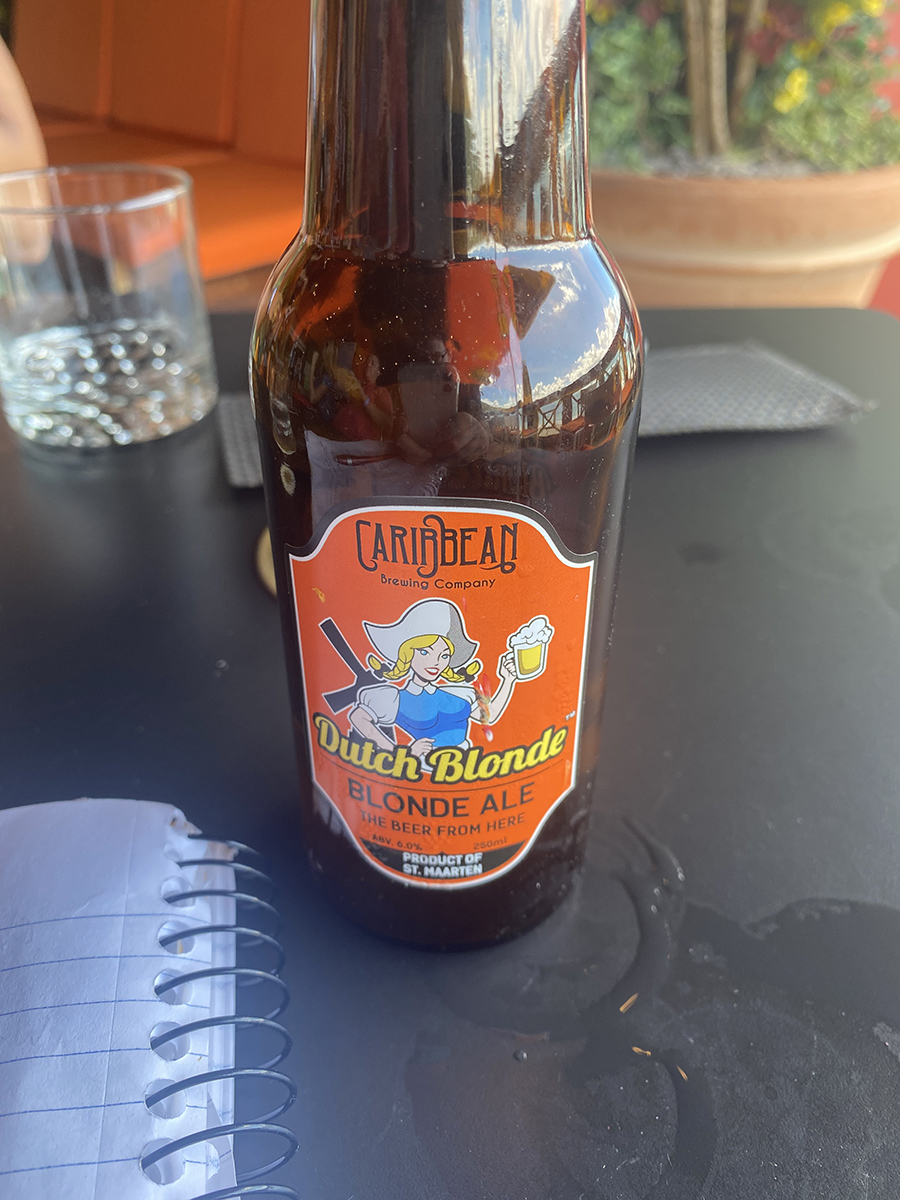


“Ideas over here—I want to say they’re running five years behind what’s out in the developed world,” Sunil said. He was desperate to “get his hands dirty.” At the 50th birthday party for the owner of the Carrefour Supermarket (Europe’s Walmart equivalent), Sunil told the grocery tycoon to throw him a bone. That bone: “Make me a local beer.”
Sunil knew nothing about beer but went all in for the next five years, which came with some difficult decisions. He bought a 10-year-lease on his space at the height of Covid, when cruise ships, his main source of business, were being ravaged by the virus. However, he had business friends who had lived through Sars in Hong Kong and had bought property and later made millions.
So Sunil took a calculated risk. “I said the world cannot shut down forever.”
If you ask me, not if the “friendly island” has anything to say about it.
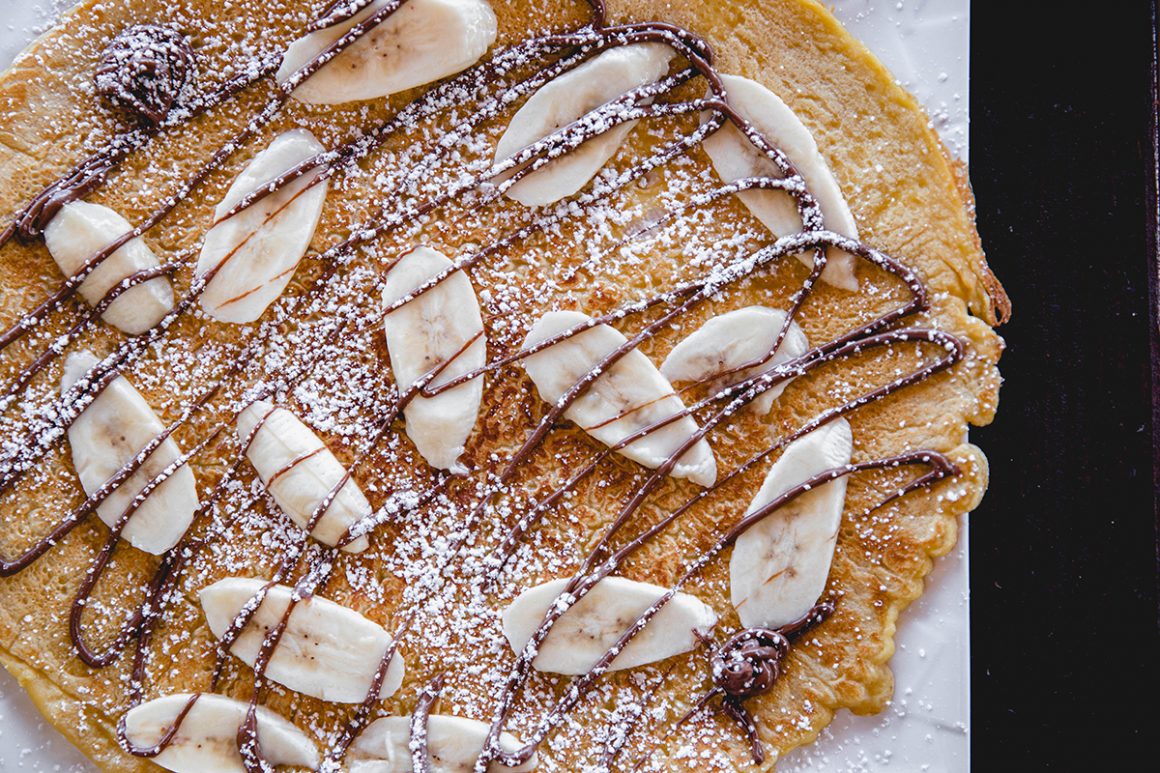
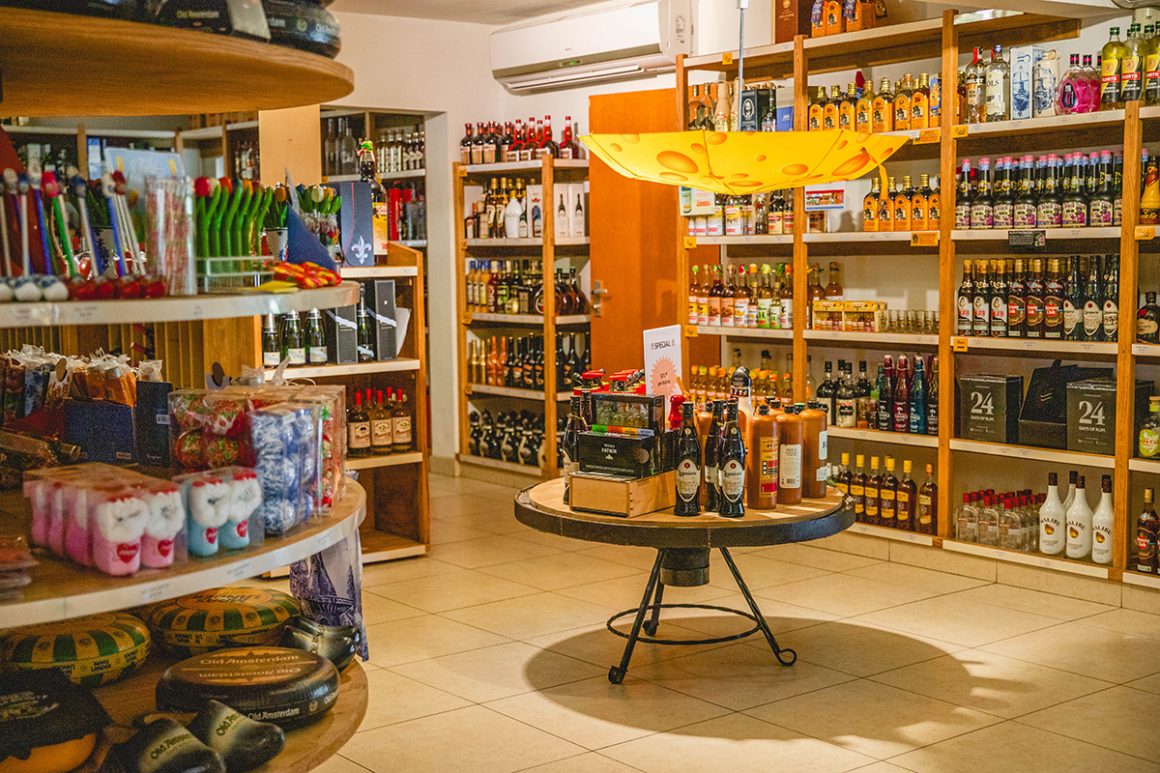
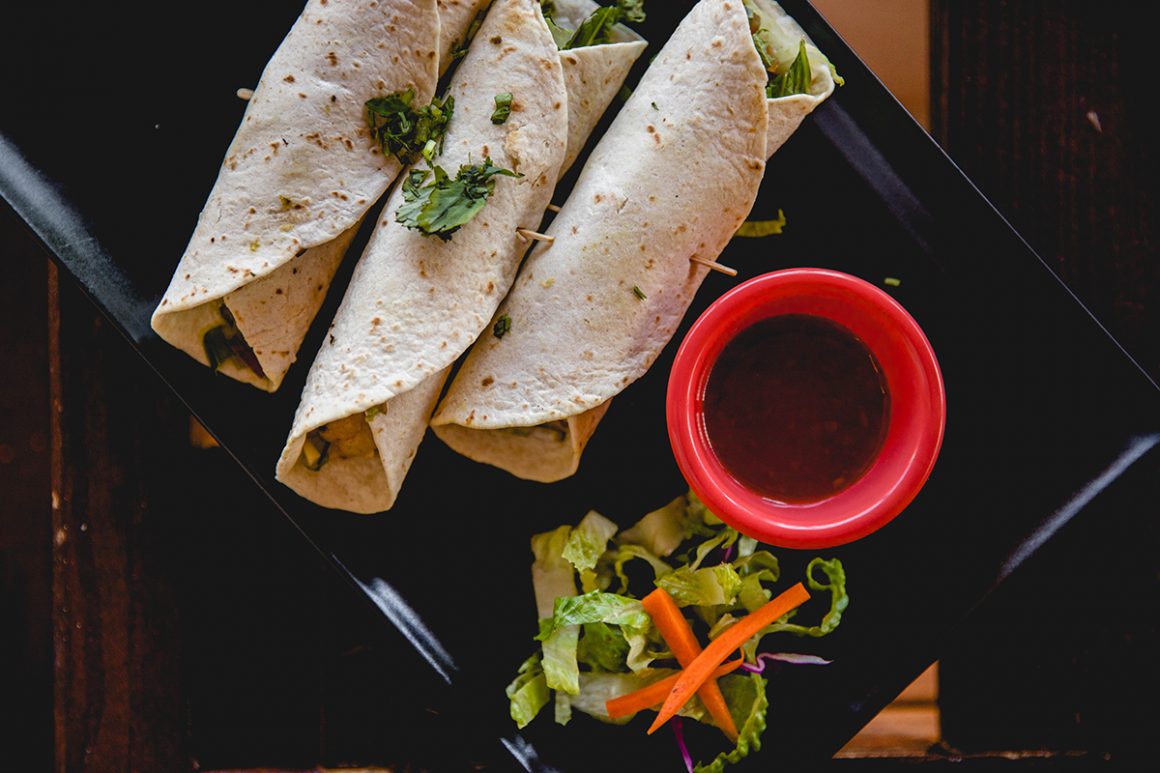
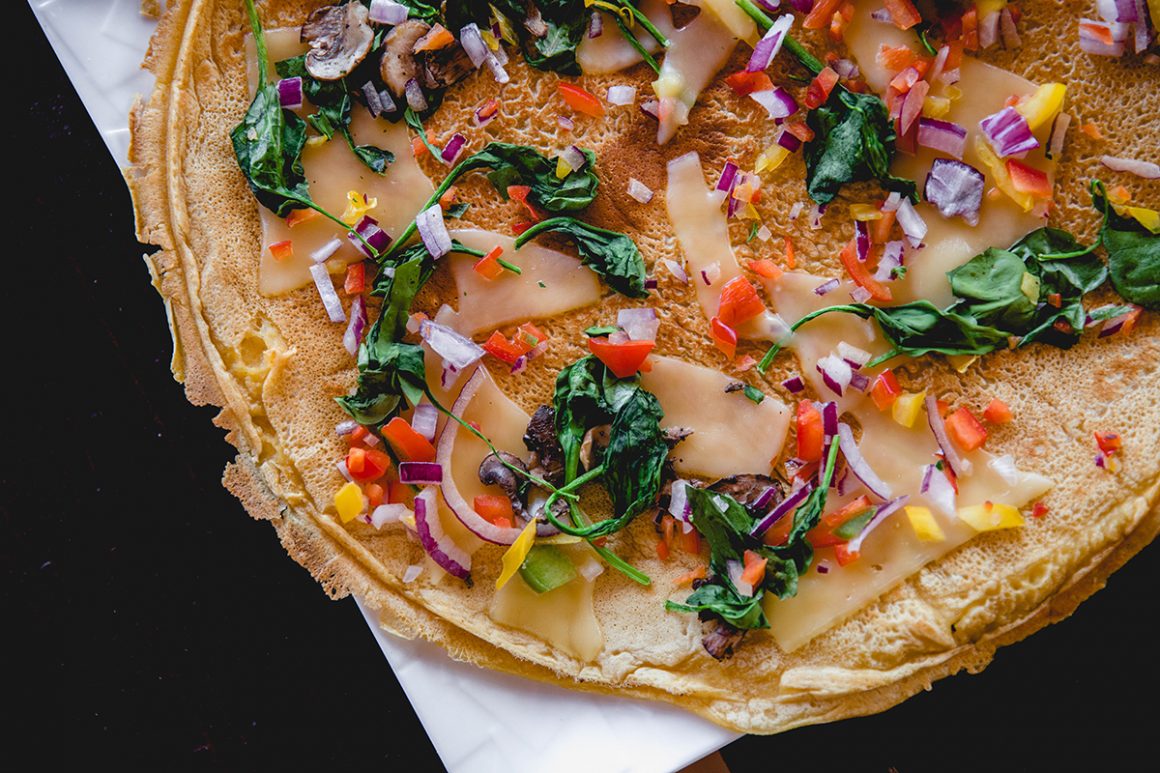





 #CaribbeanLivingA
#CaribbeanLivingA





 How do you li
How do you li


 our new luxury travel
our new luxury travel 
 fun in the sun
fun in the sun  #caribbeanliving #tra
#caribbeanliving #tra
 #CaribbeanLiving #travel
#CaribbeanLiving #travel 
 The latest issue is quenching all s
The latest issue is quenching all s
 See the
See the

 The new issue has big news
The new issue has big news
 @cltravel has you co
@cltravel has you co
 issue
issue



 #Car
#Car


 #spamemo
#spamemo






 Come grab some ge
Come grab some ge










